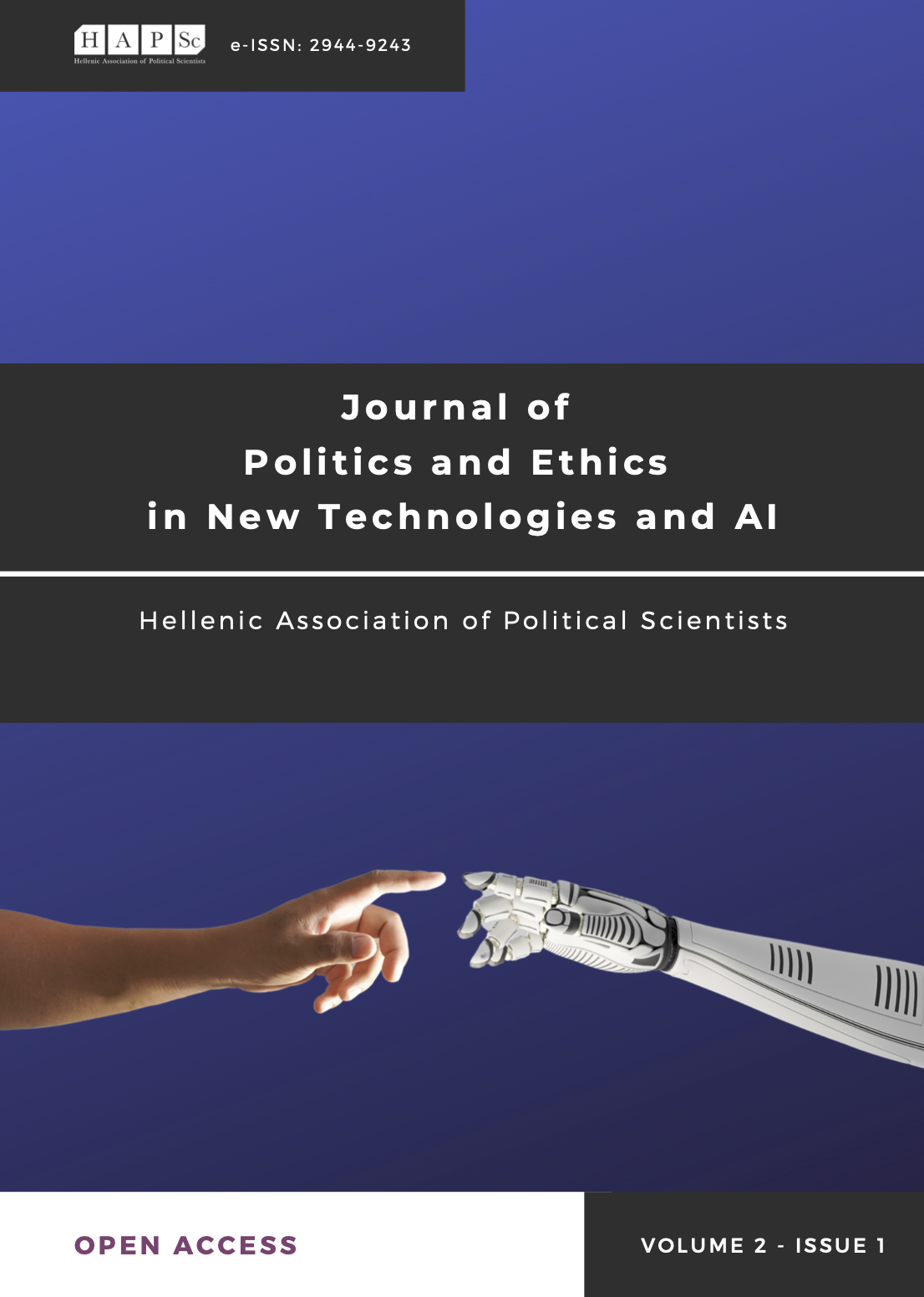A Public Sphere for AI

Abstract
The present article addresses key elements of the unique ontology of AI and argues that these require the expansion of the public sphere, in order to successfully manage the entry of new intelligent actors in legally regulated relationships which are based on the identification of causal connections. In this sense it attempts to link law and political science, given that the governance of any phenomenon or field includes law and in particular the detection, of legally interesting, causal relationships. Regulating such relationships effectively offers legal certainty, which in turn is a fundamental element of effective governance. In our self- evidently, human- centered world, whether we are talking about natural persons, or for legal persons, it is self- evident that there is, in the end, a human hand behind the causal relations with which law is involved. Once other, non- human, intelligent actors gradually enter the forefront, these causal relations become further complicated. It is on these complications and their impact that we focus.
Article Details
- Section
- Research Articles

This work is licensed under a Creative Commons Attribution 4.0 International License.
Authors retain copyright and grant the journal right of first publication with the work simultaneously licensed under Creative Commons 4.0 (CC-BY 4.0) license, that allows others to share the work with an acknowledgement of the work's authorship and initial publication in this journal.





